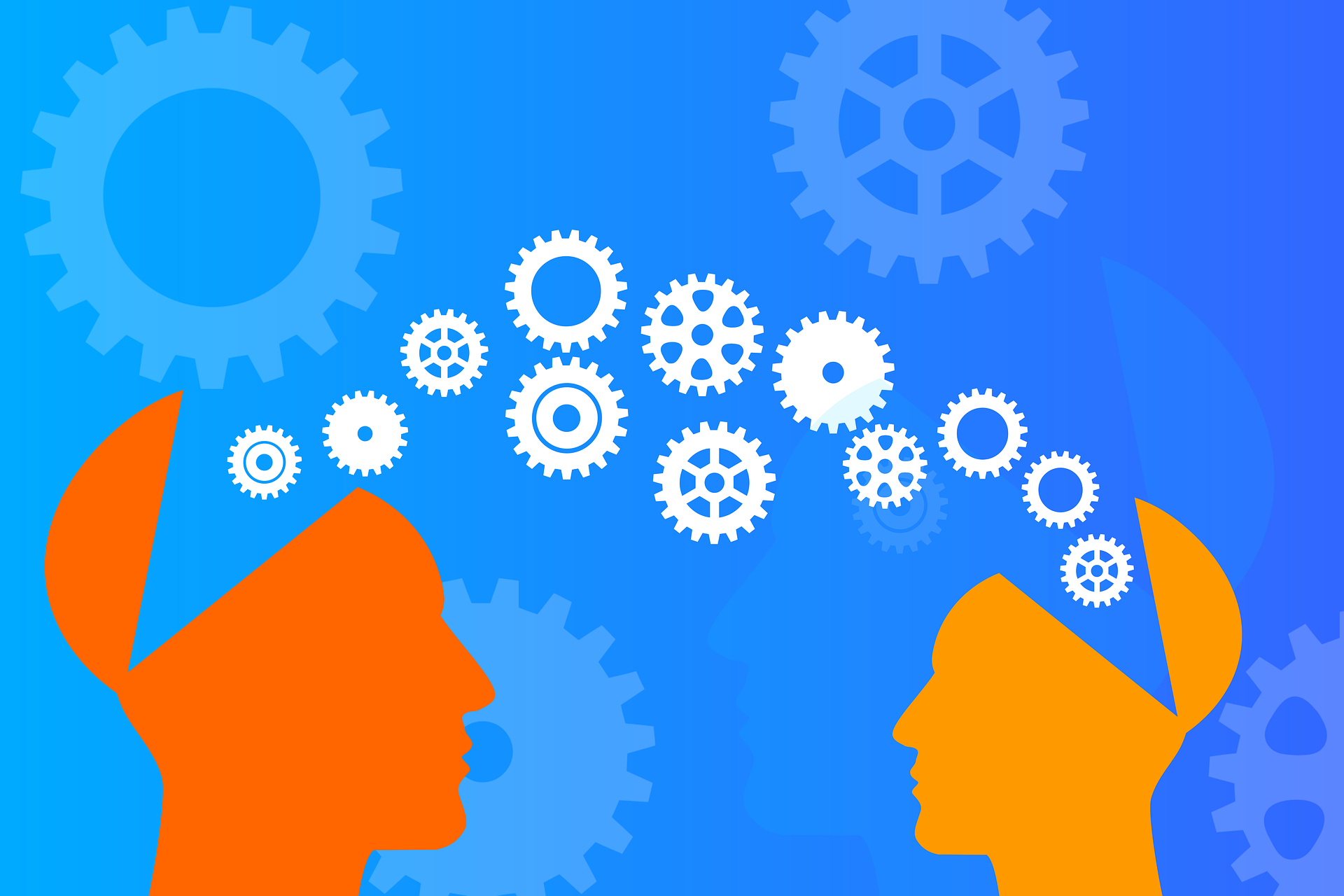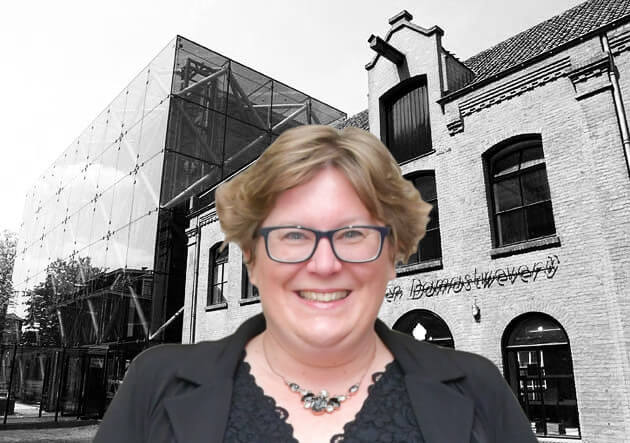
Over the past few months, I could regularly be found in Kloosterhotel Zin in the Brabant town of Vught (The Netherlands). In this place, where monastic life is given a new lease of life, I was overwhelmed by a sense of calm and inspiration. This was a strange sensation, since I am far from religious. My only faith is in science and my pleasantly chaotic life could not be any further from a monastic life. What was it that I was discovering in this inspiring place when I wasn’t even looking for it?
I started talking to people who are connected to the monastery hotel and discovered that compassion was the thread that was woven throughout the monastery. The monastery in Vught was founded by the Brothers of Tilburg. The brothers had adopted a Vincentian perspective on monastic life. According to them, the monastery should be at the center of society. And it was their duty to offer a meaningful contribution to the needs of society out of a sense of compassion. Going to work where you are needed and helping others to become stronger, that was their mission. The brothers lived by the edict of charitable hospitality and added color to that edict by combining work with a meaningful life in an inspiring way: Ora et Labora.
Two sides to a coin
The concept of living and working with compassion captivated me. Then I did what I always do when I am fascinated by something: I dive into the science. That’s how I discovered that whole groups of scientists are occupied with the question of what compassion is and how it reveals itself. It turns out that compassion is not easily caught in a definition. Therefore, a two-component definition forms the compromise that scientists reached: Compassion is seeing the suffering of others to then be motivated to help others. So, it has an empathic component and a behavioral component that prompts action. I came to the surprising conclusion that it is suspiciously similar to how I view science myself. Not just seeing and analyzing, but designing a solution that entails an improvement for society.
But science has taught me more. For example, I discovered that you have more compassion when it is relevant to yourself. For instance, because that suffering is close to you. Problems at your doorstep affect you more than problems on the other side of the world. You are also more likely to show compassion when you believe that the other person is not responsible for their suffering. For example, you are more likely to stand up and help someone who is stricken with cancer than with a drug addiction. And finally, you are more likely to express compassion when you are also able to do that. People make a psychological cost-benefit analysis and help others when it benefits them psychologically more than it costs.
‘Survival of the sympathetic’
Compassion as a theme has been recurring for centuries in all kinds of writing, including that of Darwin. In ‘The descent of man, and selection in relation to sex’ Darwin wrote in 1871: “Sympathy will have been increased through natural selection; for those communities, which included the greatest number of most sympathetic members, would flourish best, and rear the greatest number of offspring.” (Darwin, 1871, p. 130). Consequently compassion brings survival and thus progress.
This rationale of Darwin’s triggers me. What would the world look like if we all committed ourselves to making the other stronger? What kind of great innovations emerge if they do not stem from a ‘rat race’ but from the idea that innovations contribute to making society stronger?
Broader networks
Nowadays, we spend too much time in our own bubbles. More and more, innovation demands a network approach. Research shows that people with a sympathetic disposition have a broader network and are treated more positively by society. (See this paper for a review of various studies that support this). So you could say that compassion for innovators in the 21st century is not a ‘nice to have’ but rather a ‘need to have’. Innovations become better when they are driven by compassion. If you look at it in this way, the monastery in Vught is actually the perfect place for an innovative mind. In the end, it is not so strange that I feel so much at home in the monastery hotel.
About this column
In a weekly column, alternately written by Bert Overlack, Eveline van Zeeland, Eugene Franken, Helen Kardan, Katleen Gabriels, Carina Weijma, Bernd Maier-Leppla and Colinda de Beer, Innovation Origins tries to figure out what the future will look like. These columnists, sometimes joined by guest bloggers, are all working in their own way to find solutions to the problems of our time. So tomorrow will be good. Here are all the previous articles.

